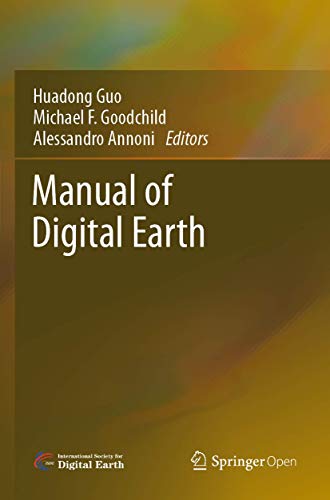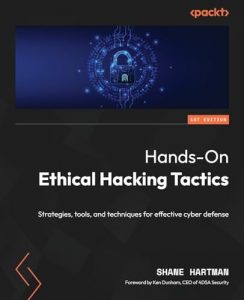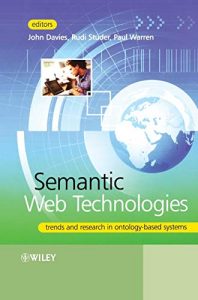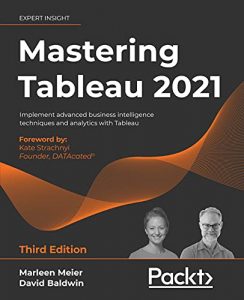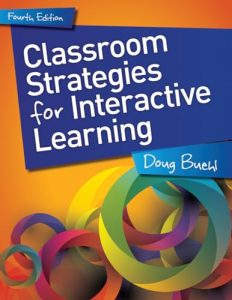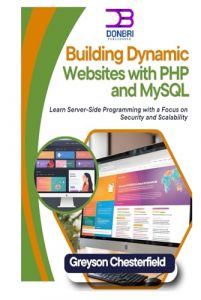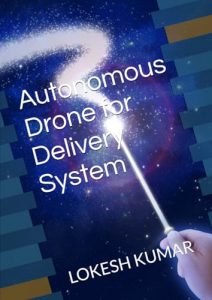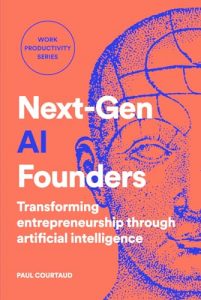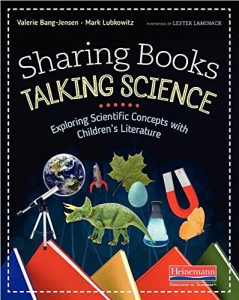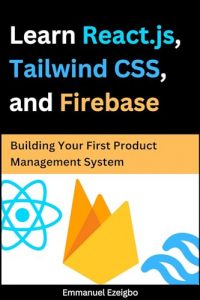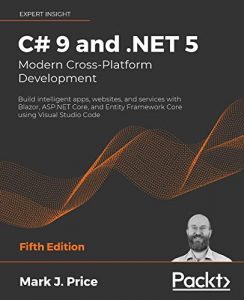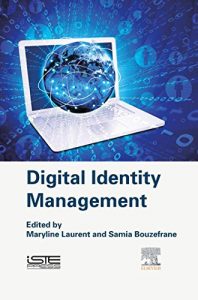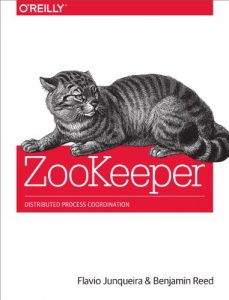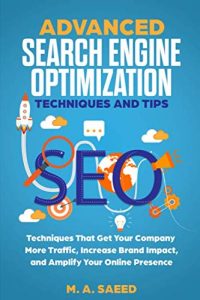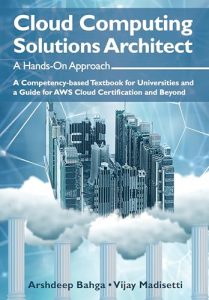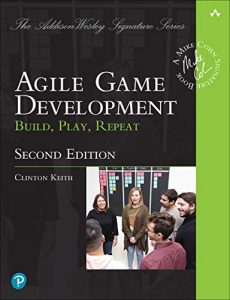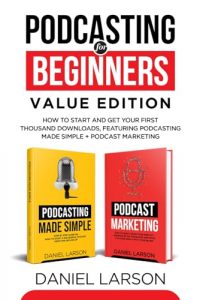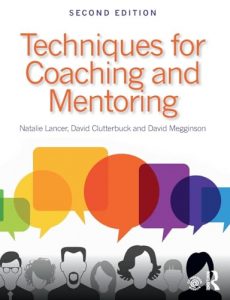1. Manual of Digital Earth
Authors: Huadong Guo, Michael F. Goodchild, Alessandro Annoni
If you’re looking to enhance your understanding of our increasingly digital world, “Manual of Digital Earth” is a stellar reference. This comprehensive book encapsulates the integration of digital technologies with Earth sciences. The authors brilliantly outline how these concepts can influence global challenges ranging from climate change to urbanization. It provides insights into geospatial technologies and their impact on society, making it indispensable for students and professionals alike. The vibrant presentation of concepts and case studies demonstrates how digital Earth can contribute to sustainable development goals. Don’t miss the chance to grasp the future of Earth science in a digitally transformed landscape.
2. Securing SQL Server: Protecting Your Database from Attackers
Author: Denny Cherry
In today’s data-driven world, database security is paramount. “Securing SQL Server: Protecting Your Database from Attackers” offers practical, effective strategies to safeguard your critical data. Denny Cherry outlines common vulnerabilities and provides step-by-step instructions to strengthen your SQL Server environment. This book is not just for IT professionals; it’s a must-read for anyone involved in database management. From fundamental security practices to advanced topics, this book encapsulates essential knowledge necessary to thwart attacks and ensure data integrity.
3. Networking Fundamentals
Authors: Richard M. Roberts, Ola Jobi
Understanding networking is crucial in our interconnected world, and “Networking Fundamentals” serves as an excellent introduction. This book simplifies complex networking concepts, catering to both beginners and seasoned professionals. The authors emphasize practical applications, ensuring readers grasp foundational principles while also addressing emerging technologies. With clear explanations and real-world examples, this book prepares you for various networking challenges, making it an essential resource for anyone eager to understand network infrastructure.
4. Windows 10 Inside Out
Authors: Ed Bott, Craig Stinson
“Windows 10 Inside Out” provides an in-depth look at maximizing the capabilities of Windows 10. This book breaks down everything from system customization to troubleshooting, making it an invaluable guide for both novice and experienced users. Ed Bott and Craig Stinson share their expertise through detailed illustrations and step-by-step instructions. Whether you’re looking to optimize performance or navigate security settings, this book serves as your comprehensive handbook. Don’t just use Windows 10; master it!
5. Microsoft Office 365 Bible
Author: Harper Lane
The “Microsoft Office 365 Bible” is an all-encompassing guide that covers everything that users need to know from starting with Office 365 to mastering advanced features. This book simplifies the learning curve, making it approachable for beginners while delving into intricate topics for more experienced users. Harper Lane’s guide stretches across various tools including Outlook, PowerPoint, and Access, making it a precious resource for both professionals and students. With insights on work-life balance and soft skills as well, it is the perfect companion in the digital workspace.
6. Hands-On Microsoft Windows Server 2016
Author: Michael Palmer
“Hands-On Microsoft Windows Server 2016” is designed for anyone who wants to get a grip on server technology. With a hands-on approach, this book encourages practical application of everything from installation to management strategies. Michael Palmer uses various techniques and scenarios ensuring a thorough understanding of Windows Server 2016 capabilities. This guide is a fantastic resource for future IT specialists looking to expand their infrastructure knowledge.
7. Data Distribution (Routledge Revivals)
Author: Richard Wiliiams
Data plays a crucial role in today’s decision-making processes. “Data Distribution” delves into the principles and practices of data management and distribution theory. Richard Wiliiams explains complex concepts in an accessible manner, making it suitable for both academics and practitioners. This book is essential for anyone working with data analytics and big data, providing insights on how to effectively distribute data for optimal use and impact.
8. Information Security Analytics
Authors: Mark Talabis, Jason Martin, Robert McPherson, Inez Miyamoto
As cybersecurity threats grow more sophisticated, “Information Security Analytics” becomes essential reading for IT professionals. This groundbreaking book guides you through analyzing security data and spotting threats before they proliferate. The combined expertise of its authors means that you’re getting comprehensive insights into the latest security analytics practices. It’s critical for developing a proactive security posture rather than a reactive one in today’s fast-paced technological landscape.

